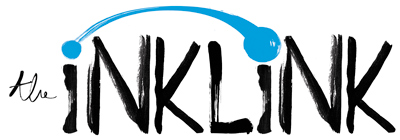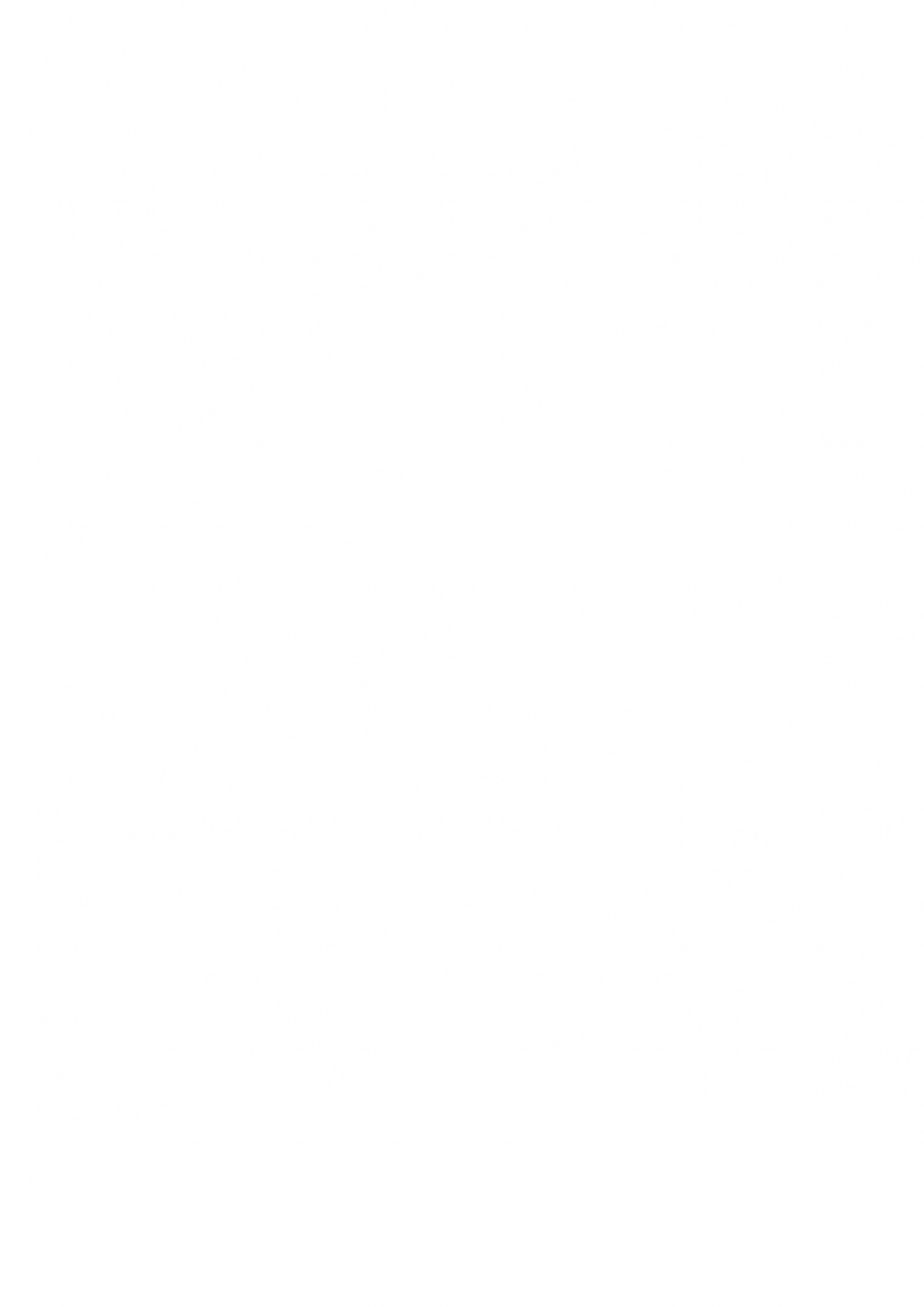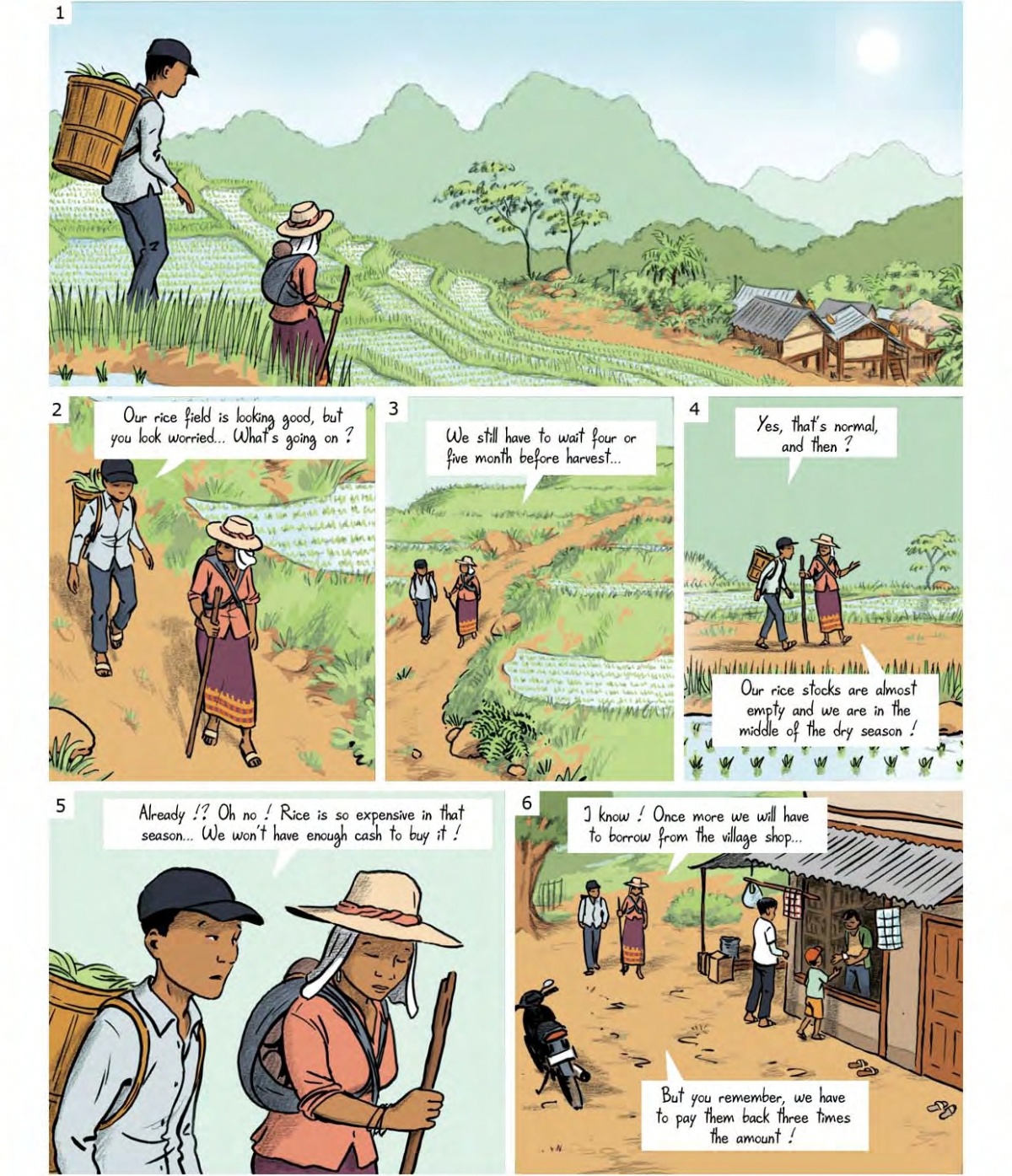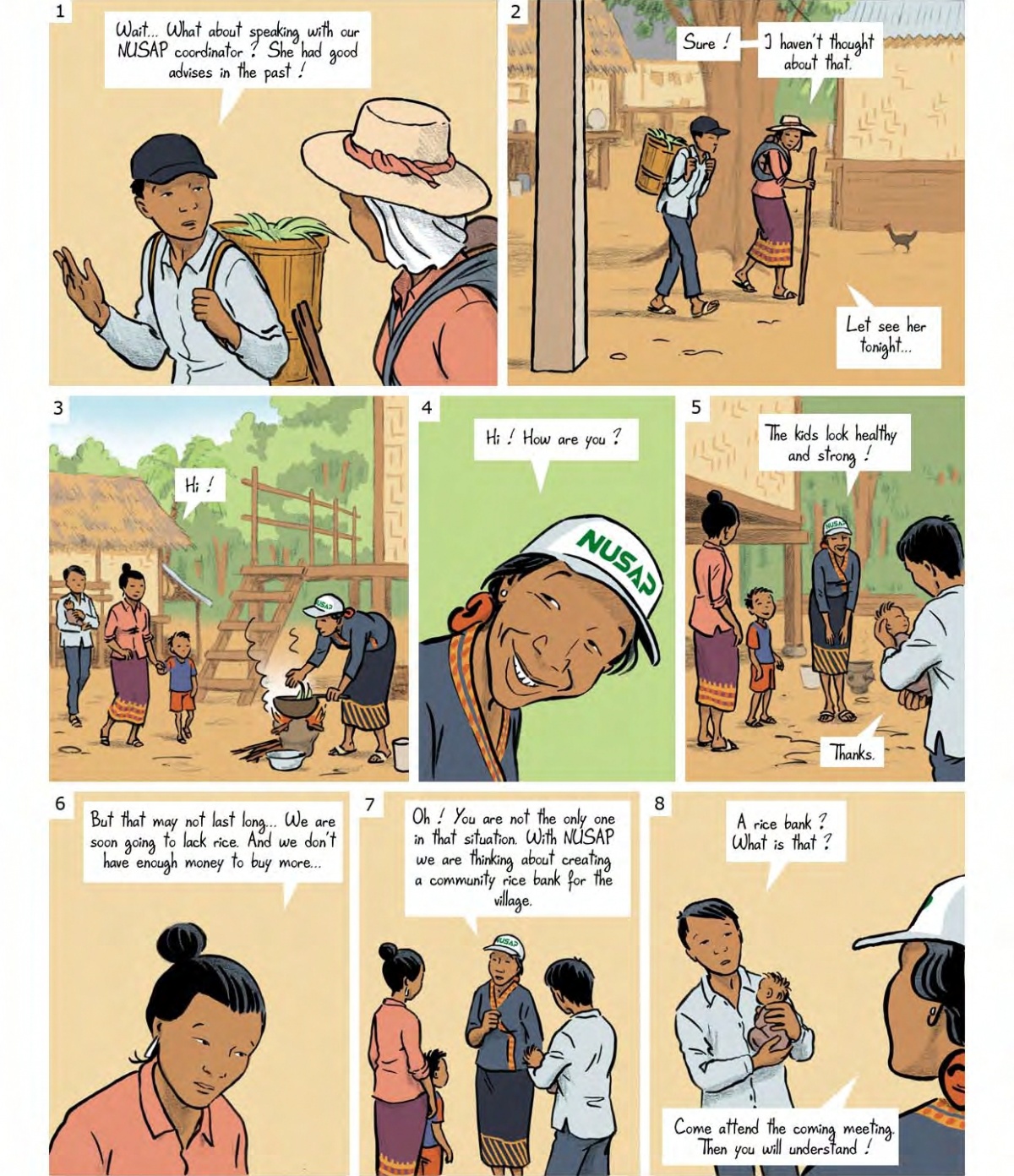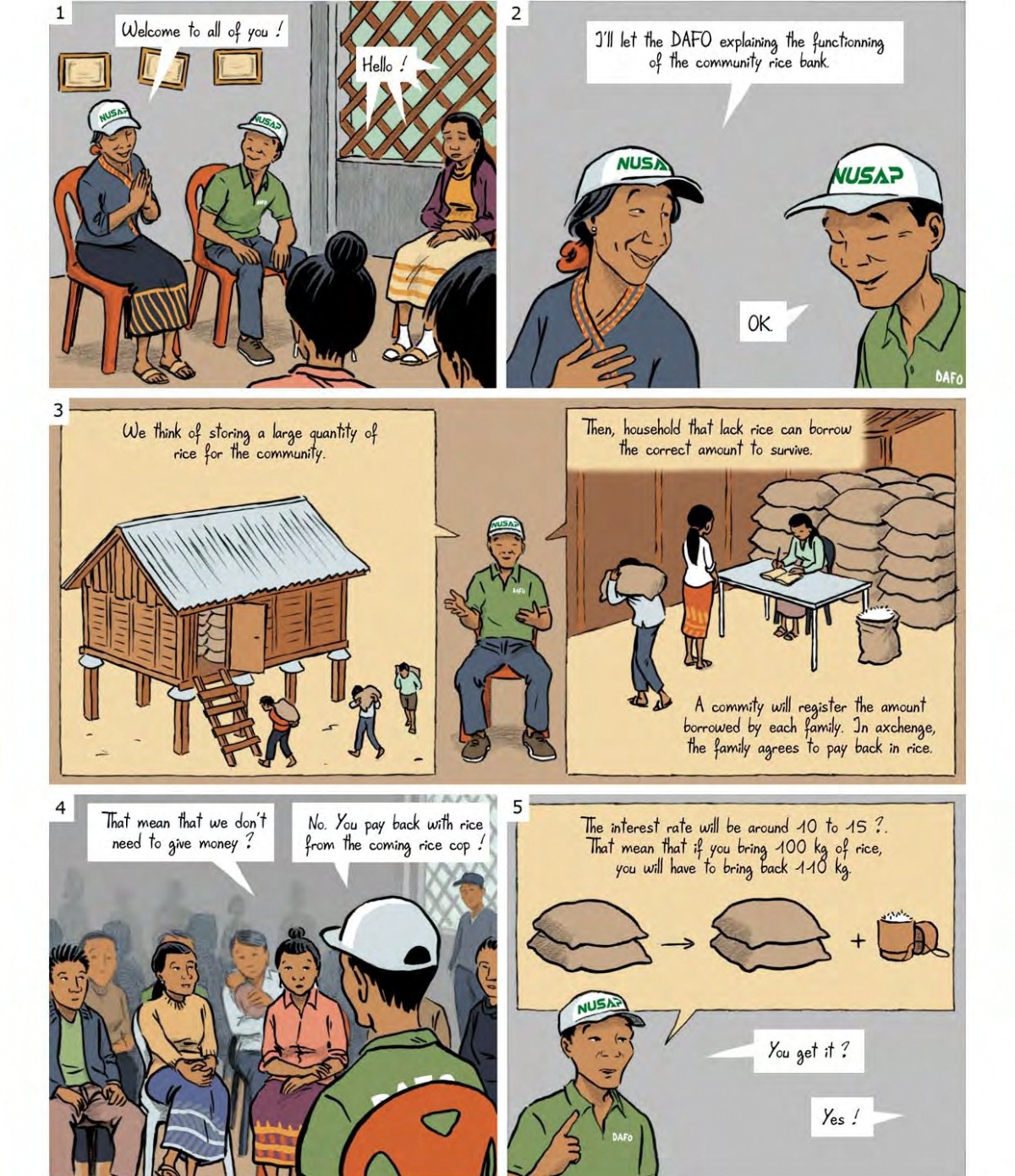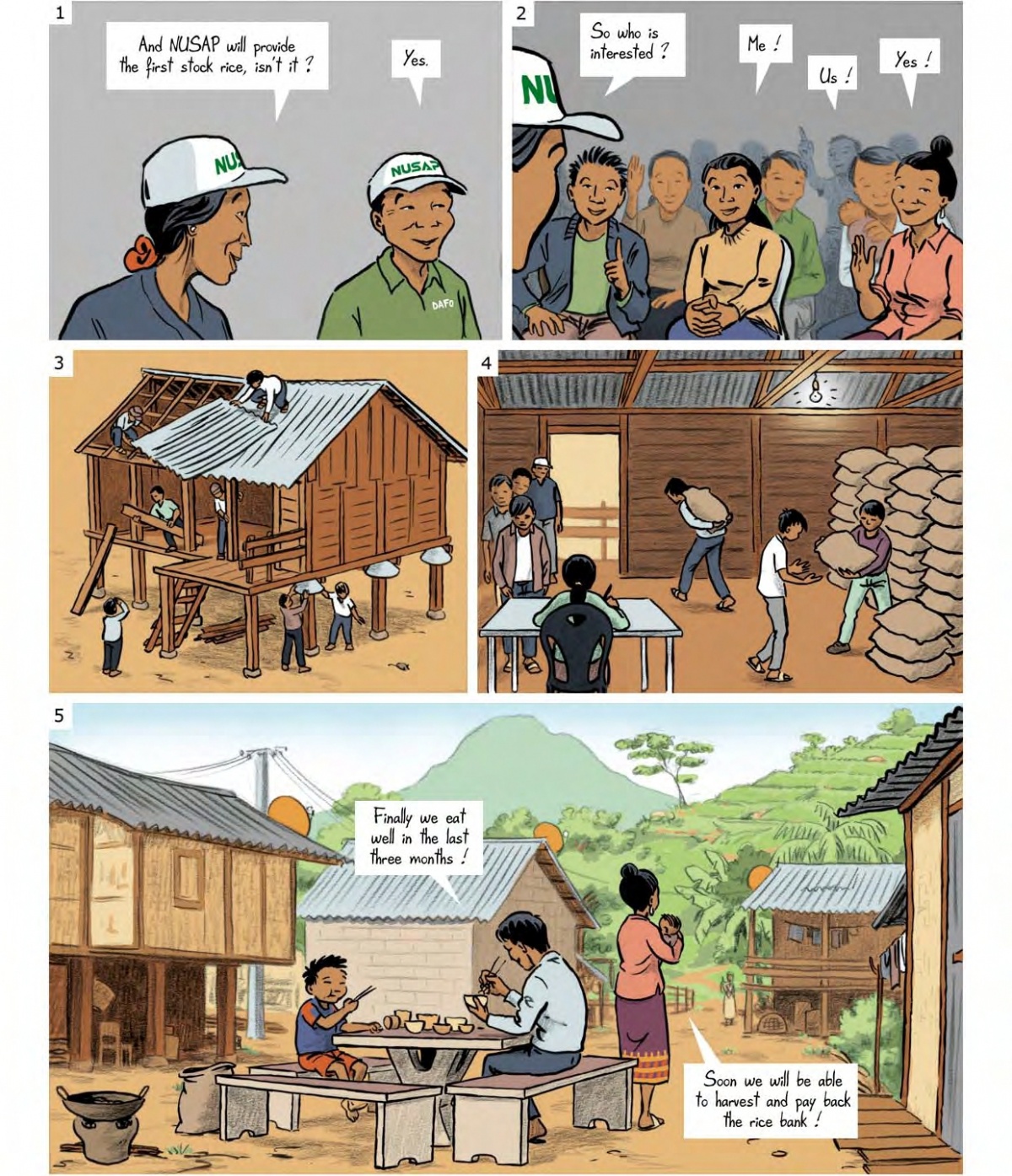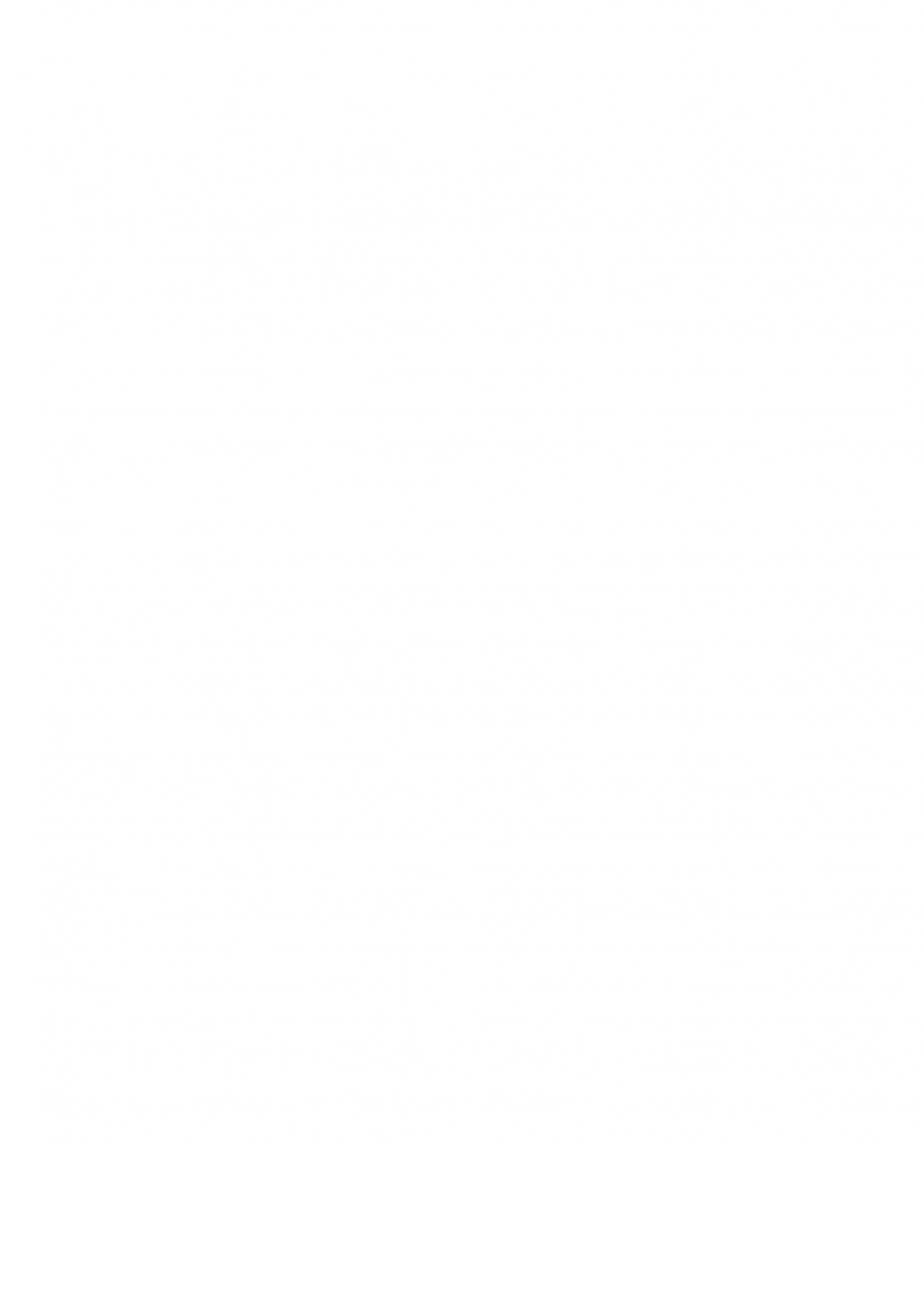Promoting nutrition-sensitive agriculture in Laos
Project participants
The French Development Agency (AFD), the European Union and the Ministry of Agriculture in Laos are behind this project. The AFD finances, supports and accelerates transitions towards a fairer, more sustainable world. Climate, biodiversity, peace, education, urban planning, health, governance... Our teams are involved in 115 countries, and have been in Laos for 25 years.
With this project, AFD is focusing on raising awareness of nutrition and sustainable agricultural practices. Indeed, in this region, the inhabitants are faced with a lack of diversified foods and poor dietary practices, linked to low incomes. The challenge is therefore to achieve more varied and healthier food production to improve general living conditions.
The NUSAP (Nutrition Sensitive Agriculture Project) program covers 4 provinces of Luang Prabang, i.e. almost 400 villages. It specifically targets the most vulnerable groups, such as pregnant or breast-feeding women and young children. In concrete terms, the aim is to inform them of the actions implemented, their role in them and the selected agricultural practices. In the villages concerned, a grant will be distributed per participant, to be invested in both a family and a community project.
This is where The Ink Link comes in!
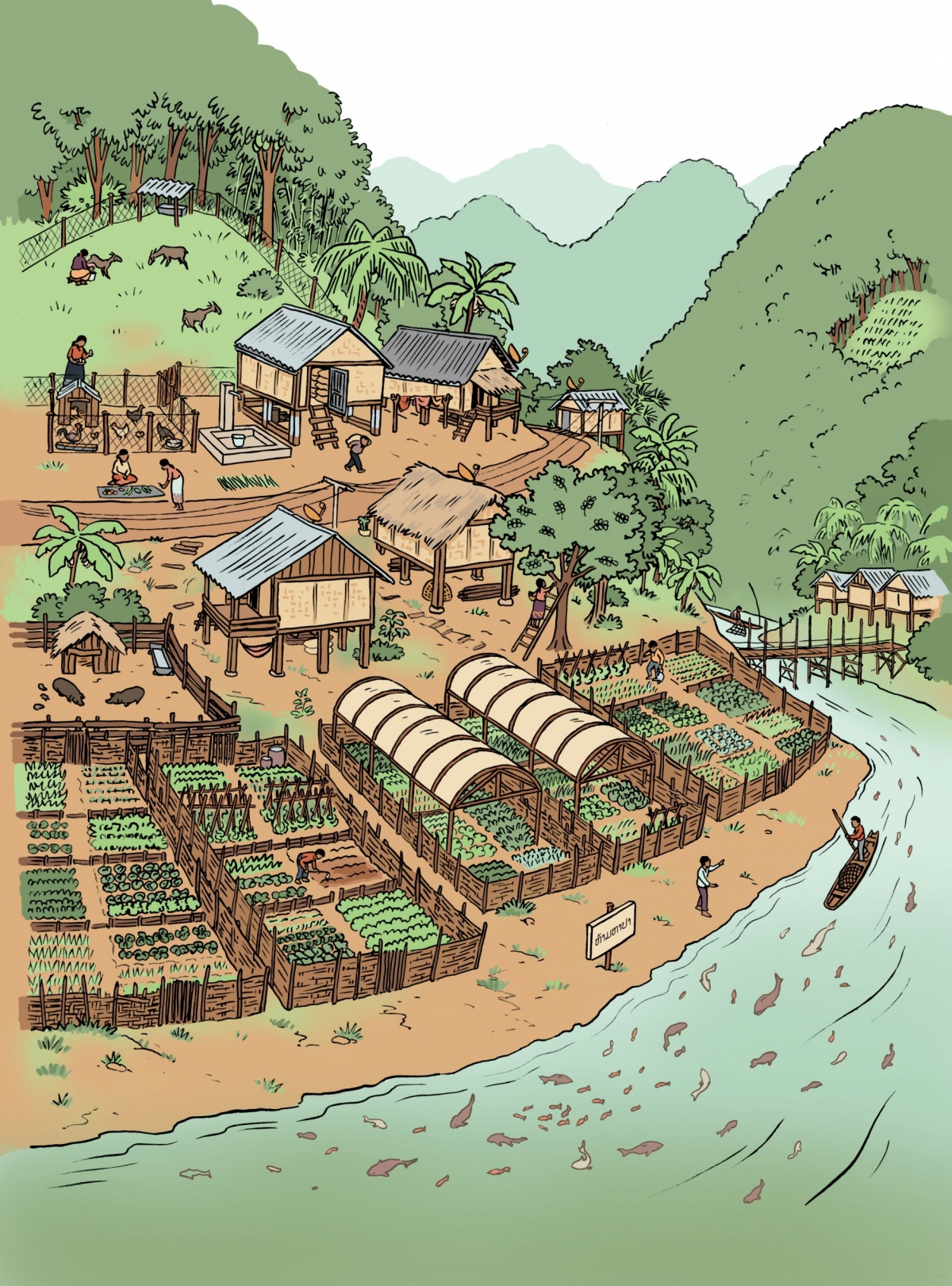
How do you communicate with an audience you don't know?
With different cultural and eating habits? The best solution is to send a team out into the field to meet the inhabitants concerned by the program.
The first trip was therefore organized around Laure Garancher, development project expert and designer, and Olivier Coldefy, expert psychologist. The aim of this mission was to meet local teams and field workers, and to observe and analyze farming and food practices from a socio-cultural perspective. On site, the team used drawing as a mediation tool. By drawing portraits of local residents, they gather testimonials and key information on their habits and expectations.
Initial discussions with AFD had led to the assumption that The Ink Link would produce practical agricultural guides: how to organize a vegetable garden, a chicken coop... But exchanges with the field showed that the obstacles lie elsewhere! Farmers know how to work the fields, but recent cultural changes have profoundly altered their habits: displacement of populations by the authorities, creation of new villages where different ethnic groups are mixed, transition to commercial agriculture via China... Many villagers are lost and find it difficult to invest in a new program that would represent more agricultural work.
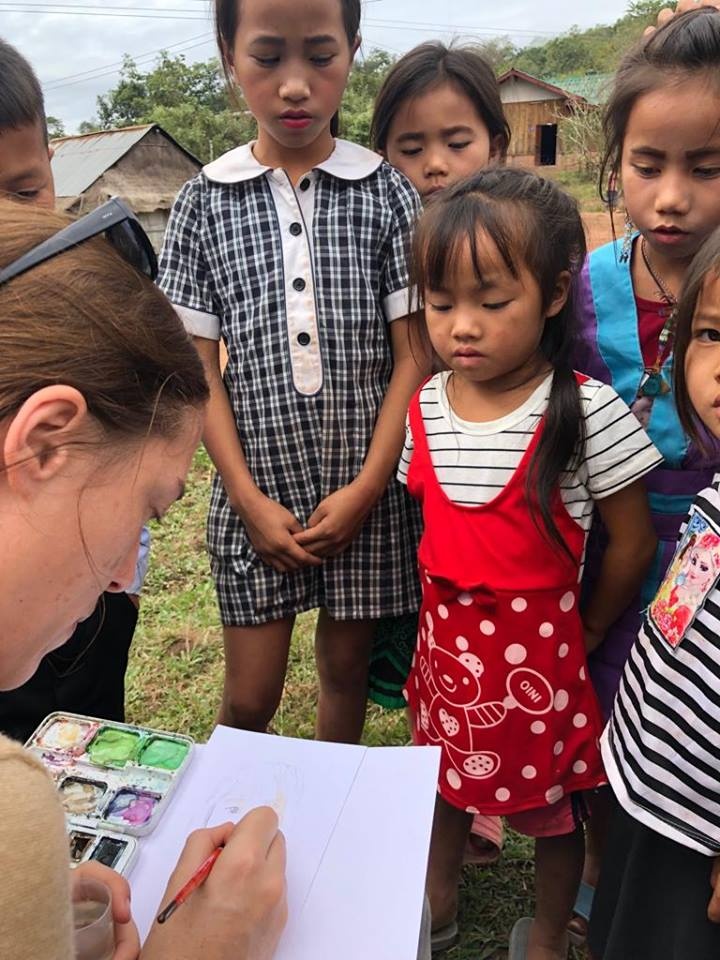
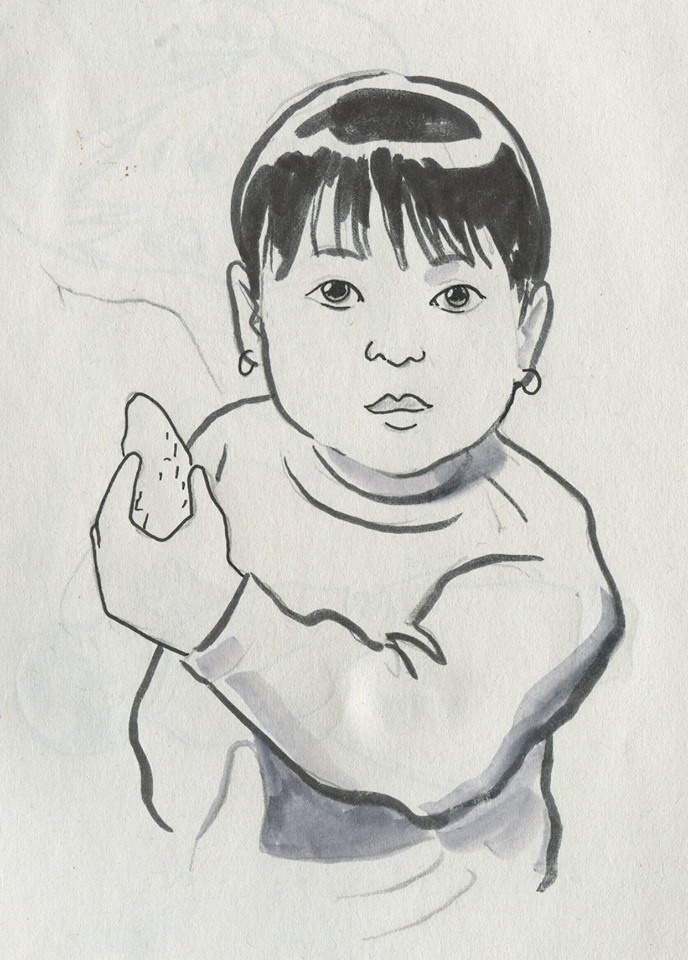
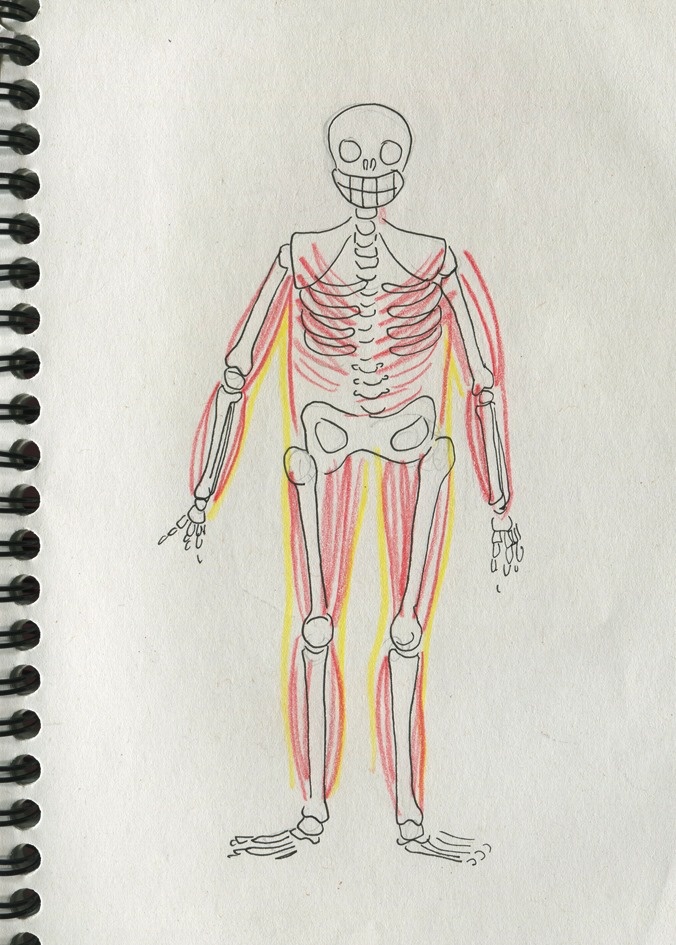
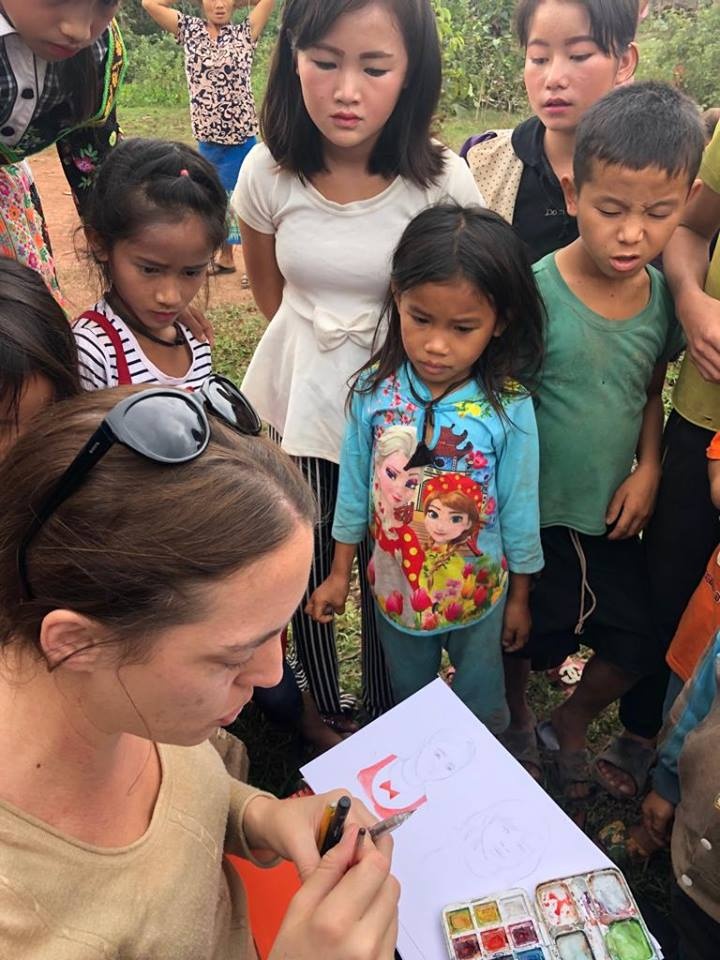
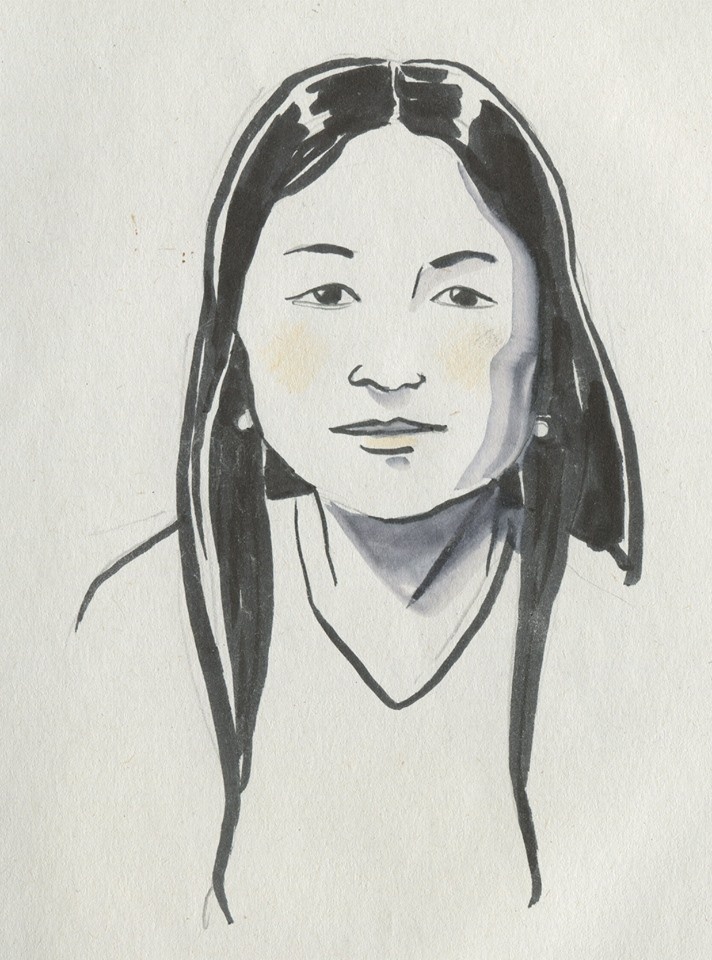
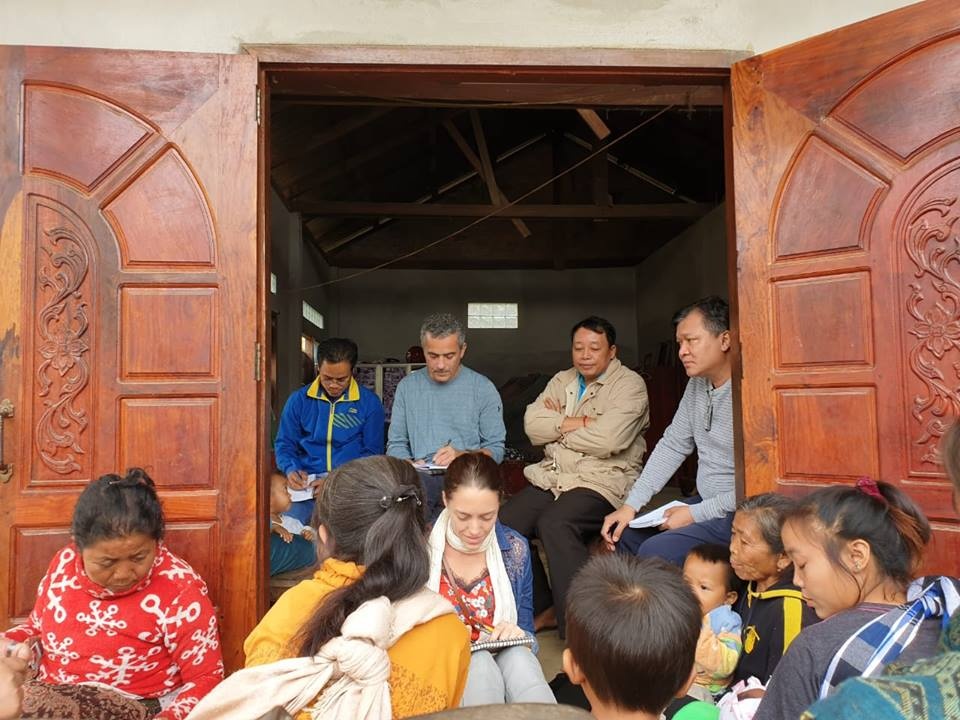
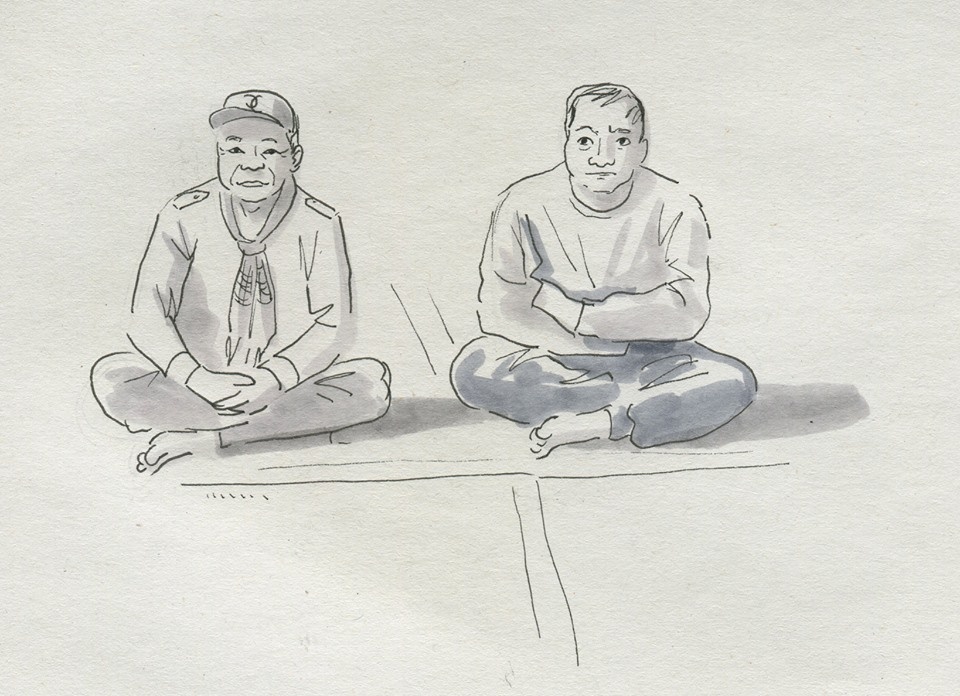
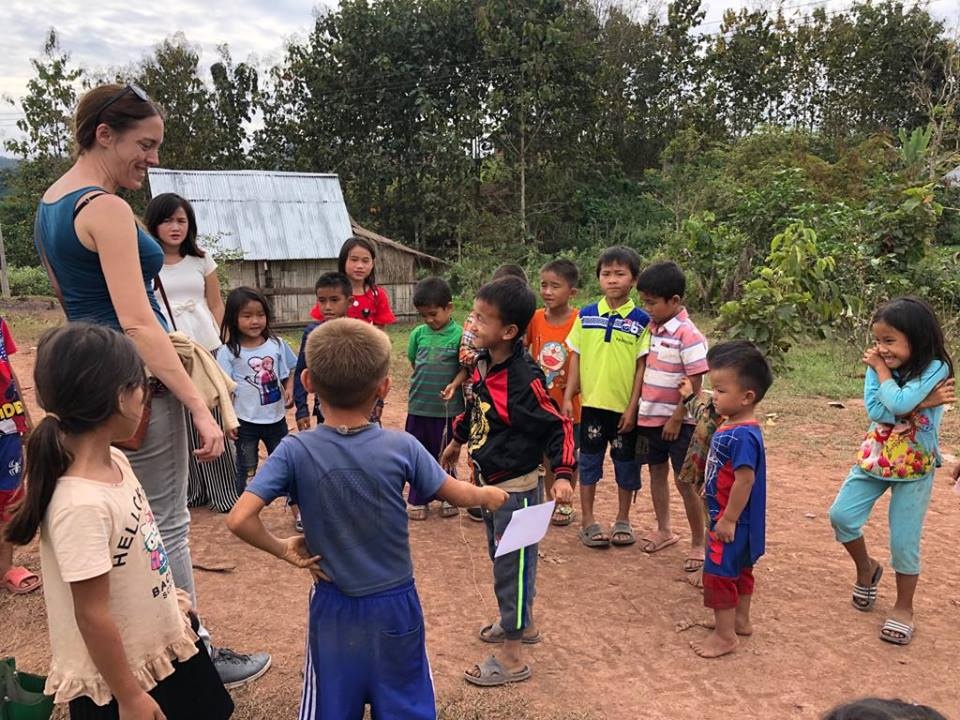
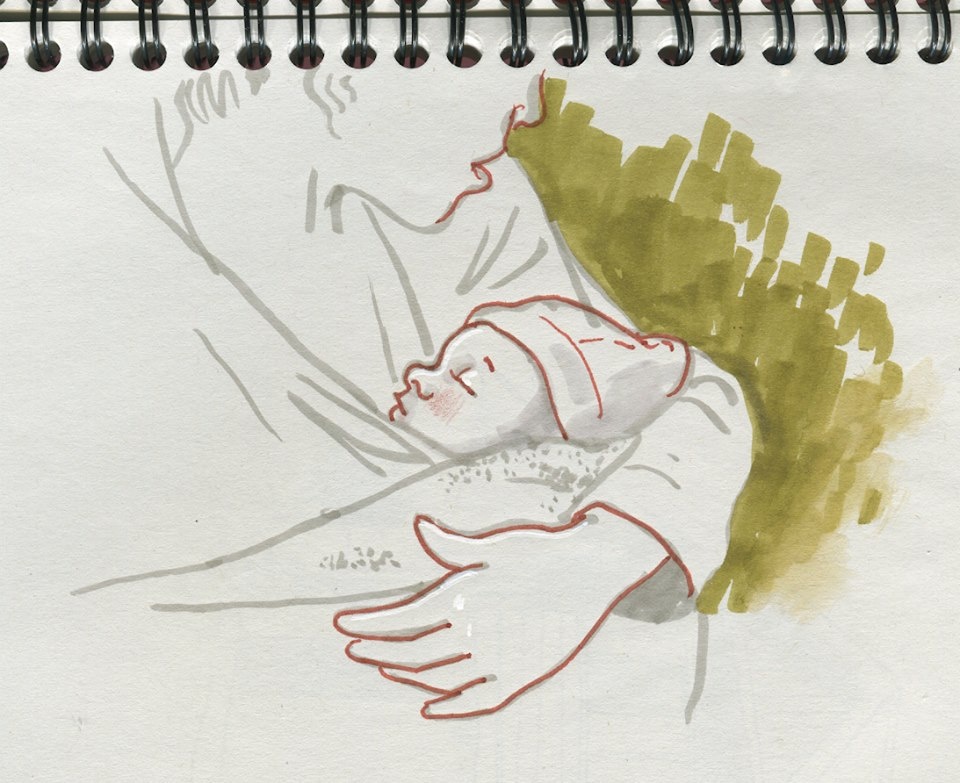
Defining the scope of action
On their return, The Ink Link teams, in consultation with the AFD, define the scope of their actions: a first document presenting the project in general terms will be created in computer graphics for both administrative and field teams. This will be followed by a second creation: a fiction aimed at local residents, showing them the long-term benefits of the project while explaining in simple terms how participation works.
A few months later, a second mission is set in motion, with a comic strip artist, scriptwriter and cartoonist moving in for this 2nd medium. In turn, he will go into the field to discuss and, above all, build his story on the real situation.
Drawing was a decisive tool at both stages of this project. During the first analysis and diagnostic mission, it was used to gather essential data and create links with local residents. During the second phase, it adapted to its readers, providing them with relevant information.
Jean Dytar had already taken us on a journey to Iran with Le sourire des marionnettes and to the Americas with Florida. As a scriptwriter, illustrator and history buff, he knows how to adapt his graphic novels to the style, period and culture in question. Involved with The Ink Link from the outset, it's only natural that he should be entrusted with this mission.
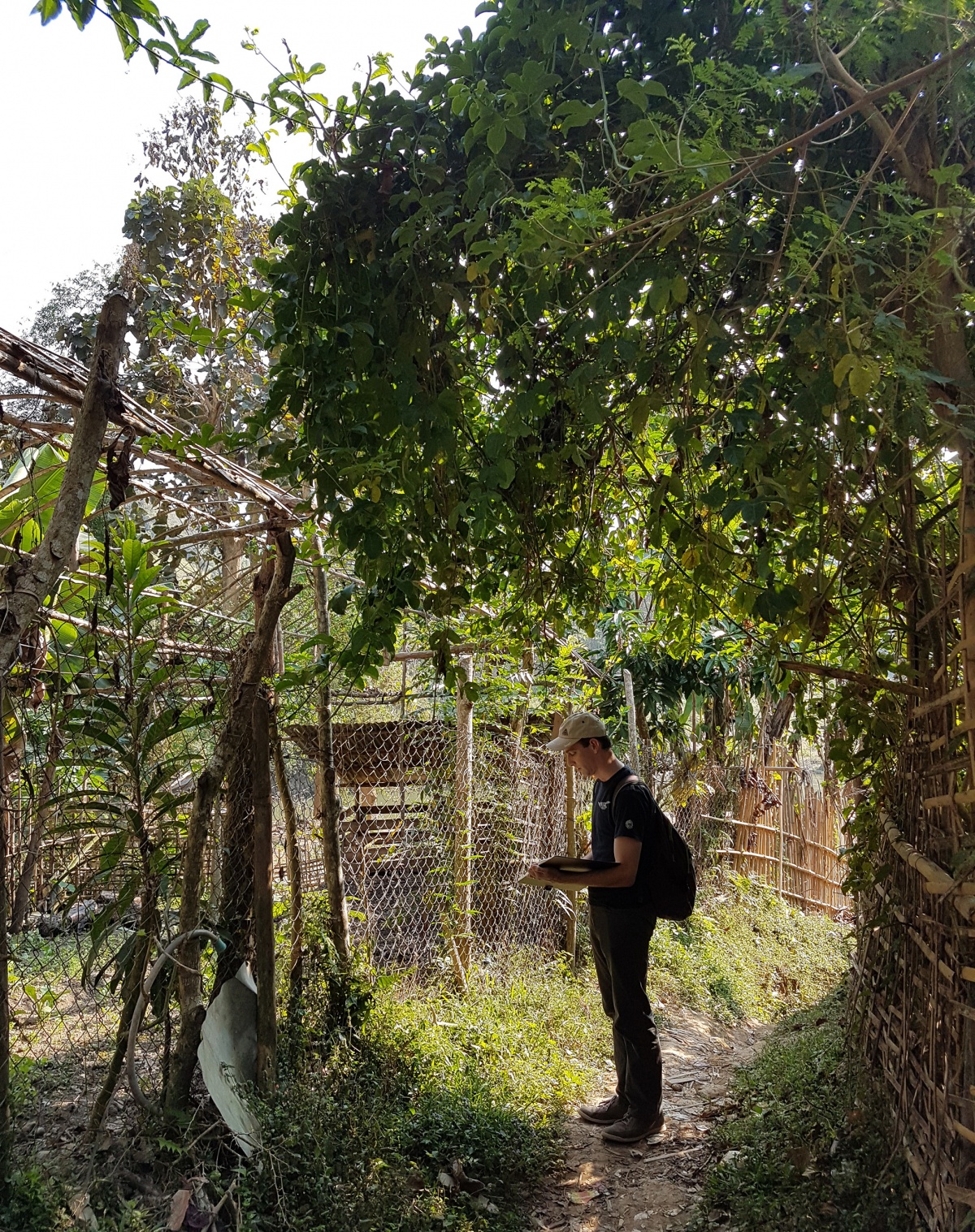
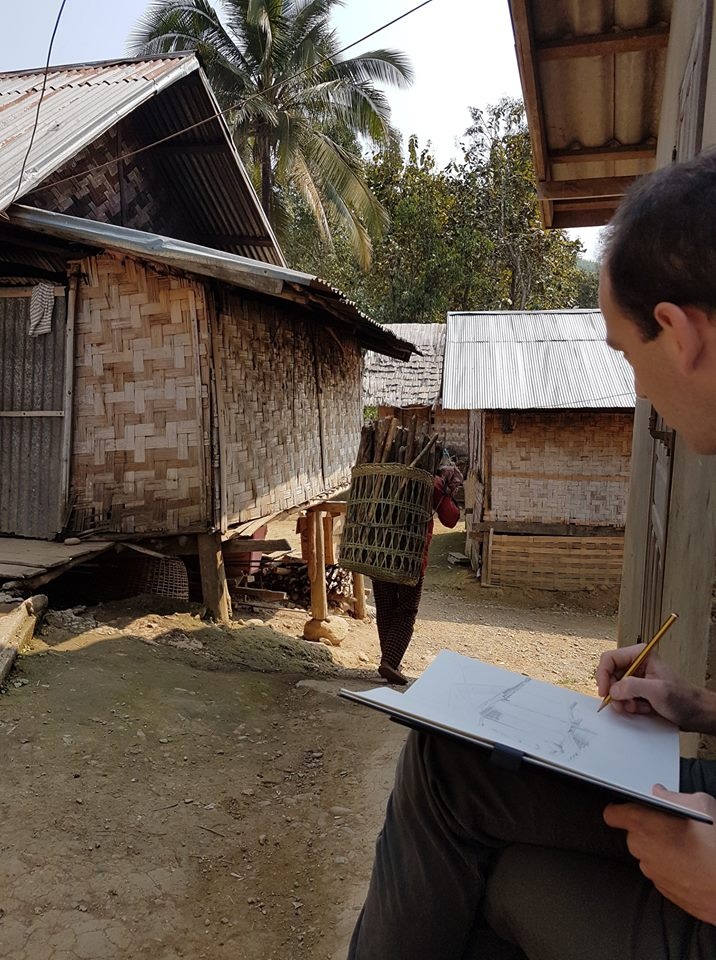
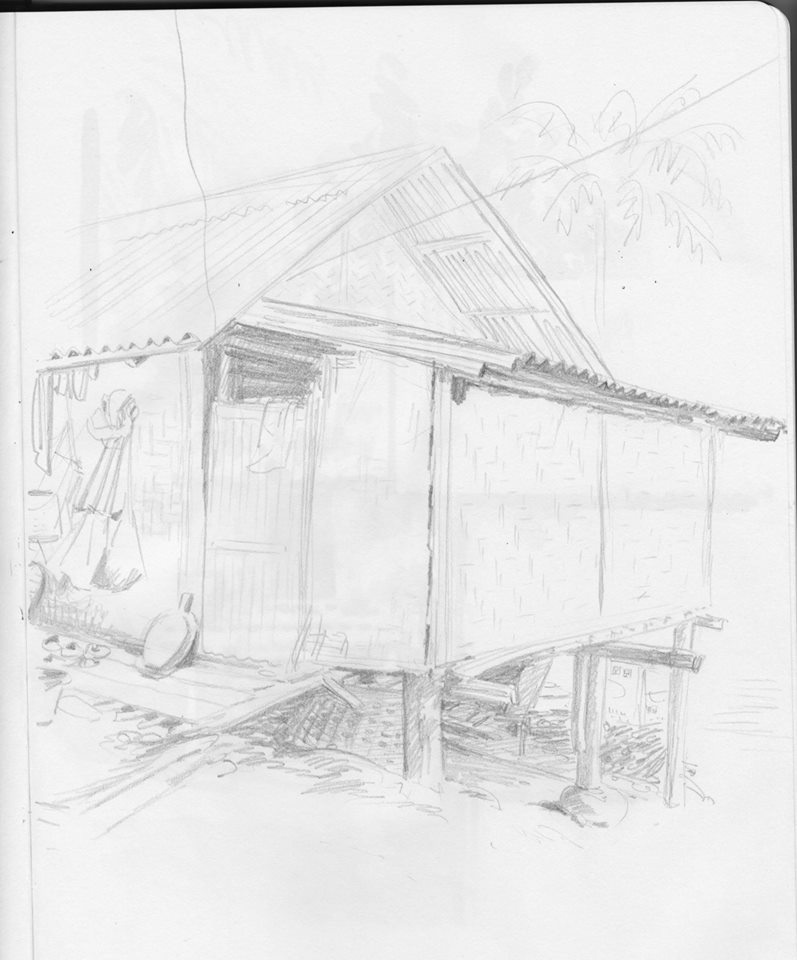
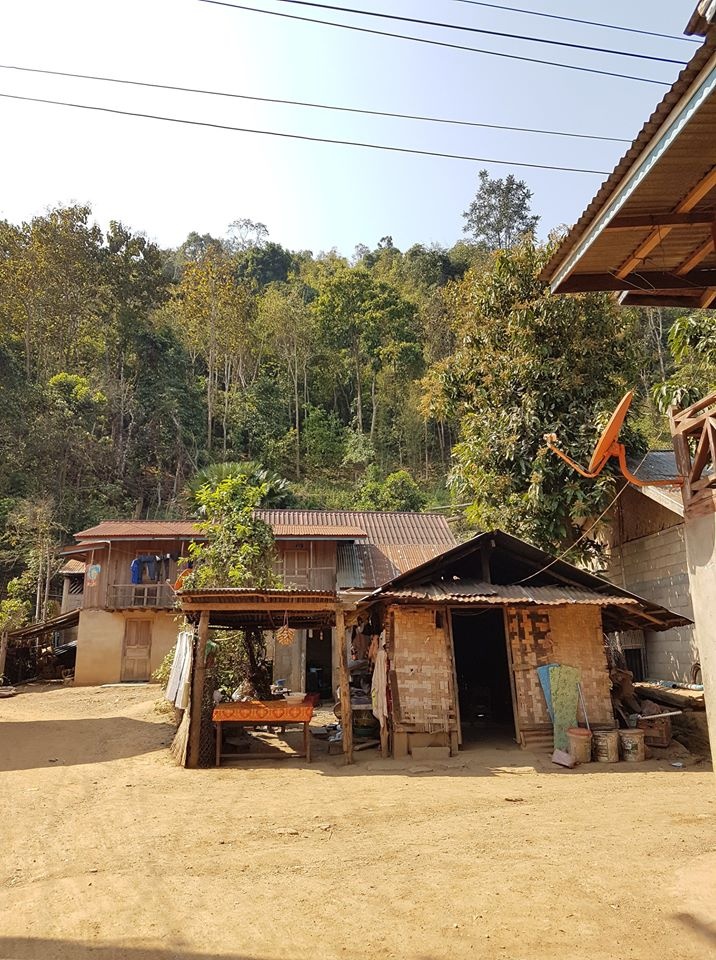
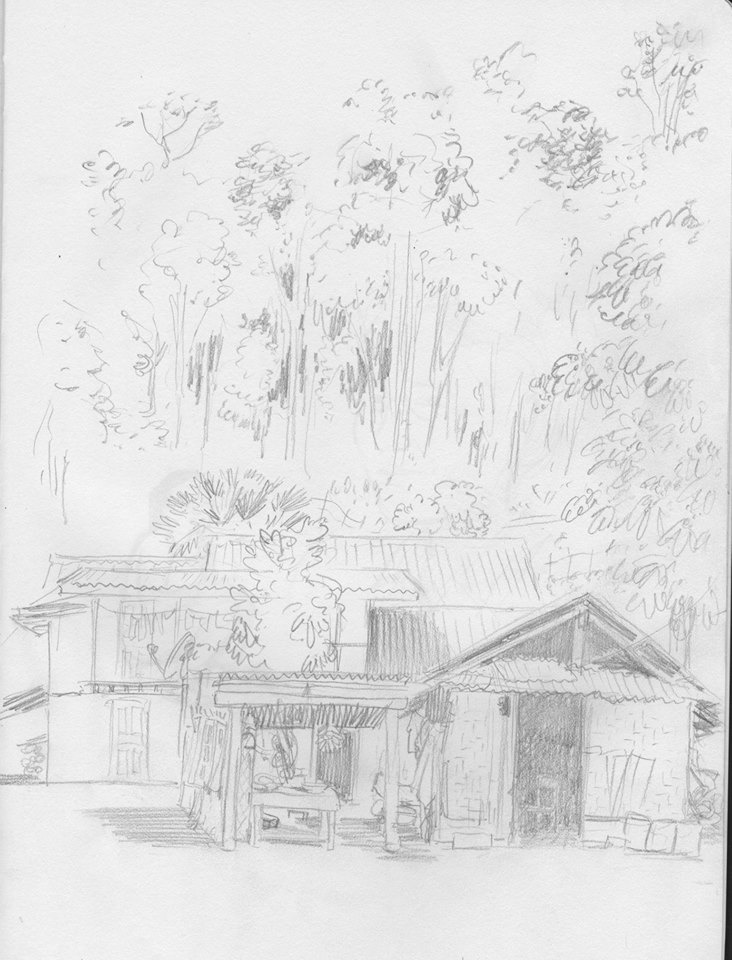
Scripting and drawing
During the immersion mission, one idea was central: the story had to integrate the program's beneficiaries, pregnant women and women with young children. The comic strip must help them project themselves into a long-term agricultural project and answer their questions.
The author chooses a pregnant mother as the main character: concerned about her eldest child's health, she seeks advice to ensure that her unborn baby is healthy. Pregnancy allows readers to project themselves into the future, and visually marks the different moments in the story.
Jean Dytar then presents this first 7-page pencilled story in the villages visited, and checks that the information is correctly understood: reading direction of the boxes, representation of the NUSAP team and so on. He adapts the clothes and buildings according to feedback and observations.
The story incorporates a central full-page visual that summarizes all the farming activities. This page provides a concrete visualization of the different options available to the villagers, and can be used independently to present the project as a whole.
The comic book is printed locally and distributed by local referents. It complements more technical posters and information booklets. It accompanies the launch of the project: read at the first meetings, it helps to launch discussions and then to choose an agricultural practice.
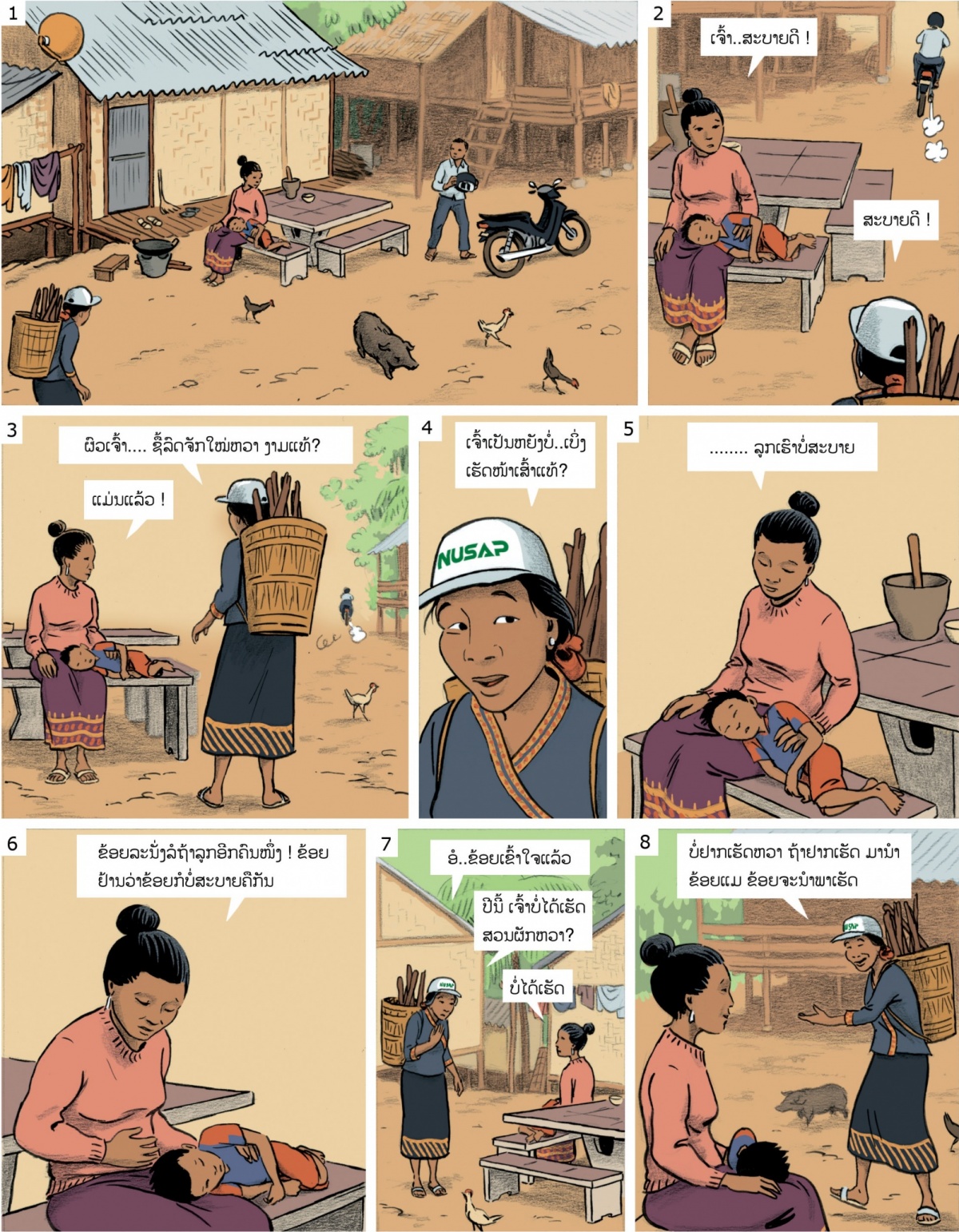
Extending the project
In view of the positive reactions and its effectiveness, two new episodes were defined: the protection of fishing zones and the operation of rice banks. Jean Dytar now knows the field well and can draw the environments from home. Exchanges between technical experts, field agents and the artist ensure that the message is accurate. In the end, no less than three stories, with recurring characters, have been produced to help local people make the right choices by covering different farming techniques.
The Ink Link methodology
--> It's important to think about the issues to be addressed beforehand, but it's most often immersion in the field that helps us understand the tool to be created. The vision of target populations is often far removed from that of technical experts, and this stage must not be neglected.
--> The multidisciplinary nature of The Ink Link teams (artists, sociologists, psychologists) makes it possible to approach the subject differently.
--> The phase of appropriation of the environment by the artist is essential to finding the right tone and ensuring that the final reader understands the narrative codes. The reading of images is not universal, and the artist must adapt to the visual literacy of his audience. To achieve this, it's often necessary to go back and forth between the artist, technical experts and the field when story boarding.
